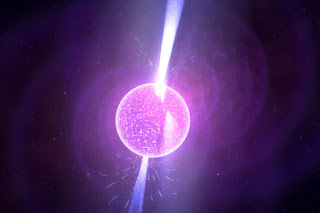 |
| Credit: CC0 Public Domain |
Topics: Black Holes, Einstein, General Relativity, Science Fiction, Wormholes
“Sometimes people don't want to hear the truth because they don't want their illusions destroyed.” Friedrich Nietzsche, Good Reads
A Harvard physicist has shown that wormholes can exist: tunnels in curved space-time, connecting two distant places, through which travel is possible.
But don't pack your bags for a trip to other side of the galaxy yet; although it's theoretically possible, it's not useful for humans to travel through, said the author of the study, Daniel Jafferis, from Harvard University, written in collaboration with Ping Gao, also from Harvard and Aron Wall from Stanford University.
"It takes longer to get through these wormholes than to go directly, so they are not very useful for space travel," Jafferis said. He will present his findings at the 2019 American Physical Society April Meeting in Denver.
Despite his pessimism for pan-galactic travel, he said that finding a way to construct a wormhole through which light could travel was a boost in the quest to develop a theory of quantum gravity.
Travel through wormholes is possible, but slow, American Institute of Physics, Phys.org


